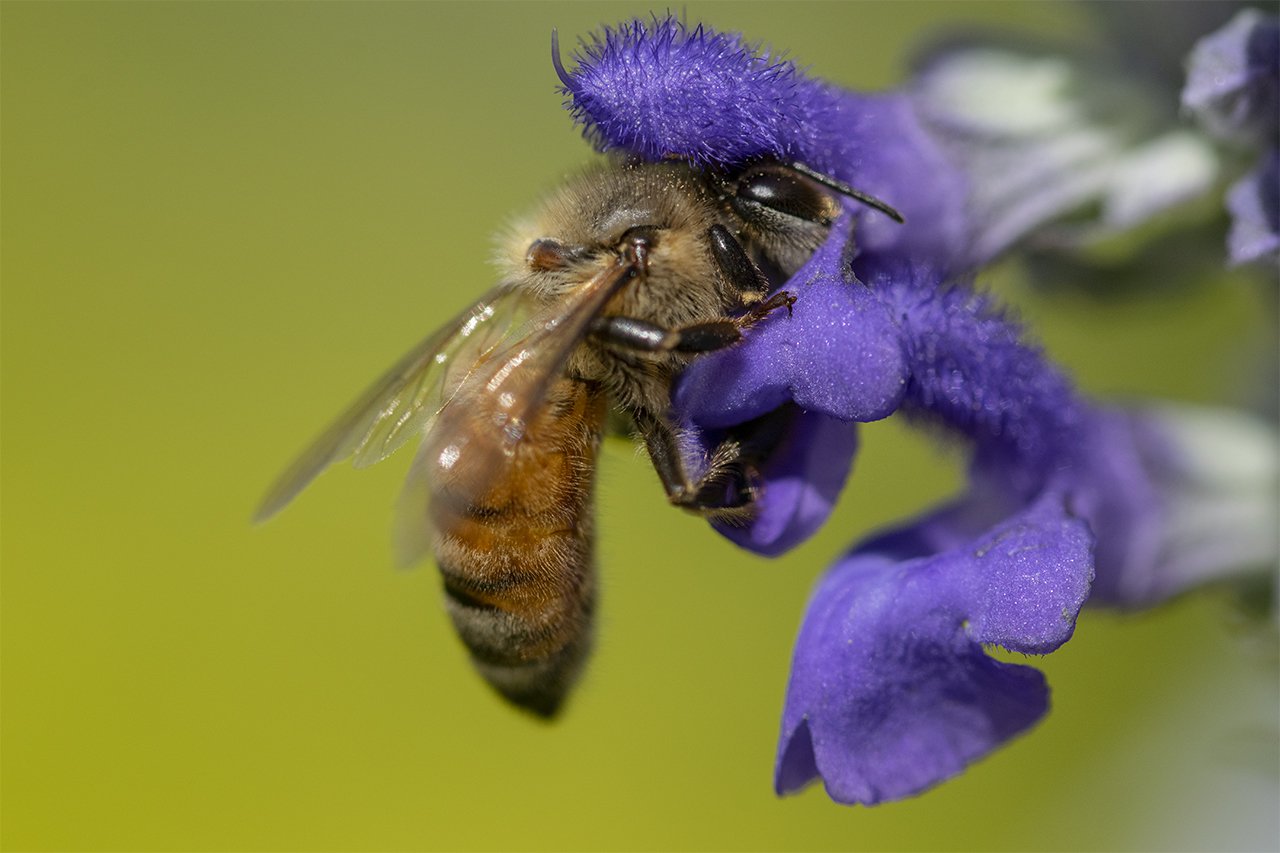Hive Mind 2021-2023
In a growing artificial world, our environment’s longevity is alarmingly decreasing. Ecosystems in our biosphere are being compromised by the malevolent will of human indifference. Within these systems live pollinators like Hymenoptera (bees, wasps, yellow jackets, hornets) and Diptera (hoverflies and flies), and the pollinated (flowers). Both the pollinated and pollinators play a critical and valuable role in keeping the ecosystem and biosphere in balance. Pollinators do so much more than just performing the important act of pollination. They also aid in facilitating plant growth, preventing soil erosion, increasing carbon sequestration, and are a producer of consumable honey. The pollinated on the other hand, are not just a beautiful sight for us mere humans to gaze upon. They play an important role of many life-giving necessities for all of mankind, animals, and insects, among other plant life. Flowers are a crucial element in pollination (cannot happen without them), support water purification, produce oxygen, are habitats for insects to find nutrients or to use as a “home”, provide food and medicinal supplements, and also are involved in the reduction of soil erosion.
This work intimately explores the diminishing life of pollinators and what would happen if they were to vanish from existence, as well as accentuating the importance of pollinators, the pollinated, and their relationship to each other. “Hive Mind” is not only directly related to the term ‘hive’ (meaning a physical nest for bees), but also to the concept of ‘hive mentality’—where all minds are linked into a single collective consciousness and can feel and think the same. By having this ‘hive mentality’, it drives the idea of how this work is influential into causing a uniform reaction from callousness to compassion when it comes to acknowledging the importance of both pollinators and the pollinated.
Hive Mind Installation Concept
In addition to physical photographic diptychs paired on the wall, there will be petri dishes filled with elements of pollinator such as dead specimens, pollen bits, honey, and honeycomb/hive pieces on pedestals. This allows the viewer to intimately interact with each element as an observer and be confronted with the reality of pollinators and some key aspects of them. In addition, there will be empty vases placed on pedestals signifying the imminent future of no flora if pollinators were to cease to exist.


















































